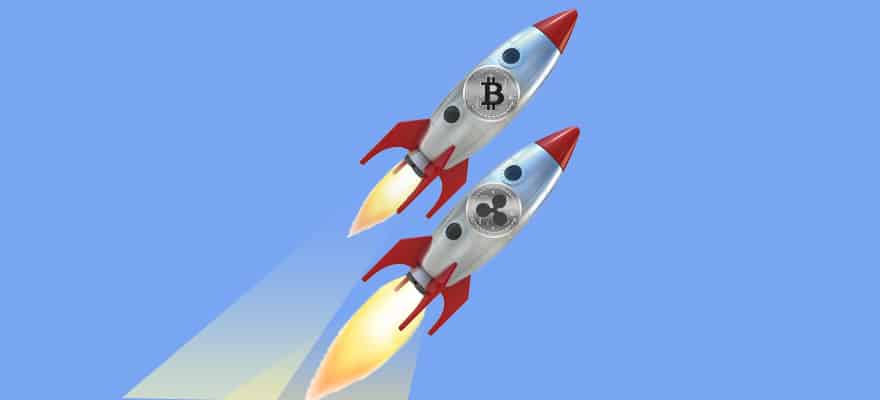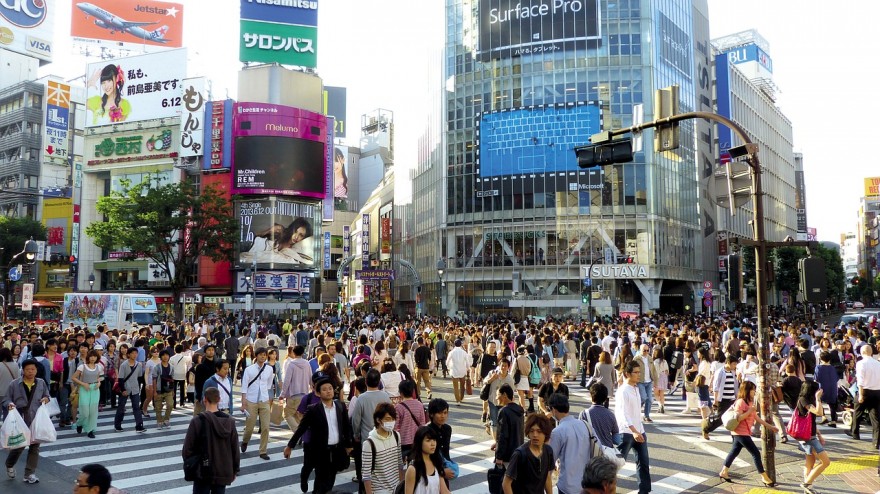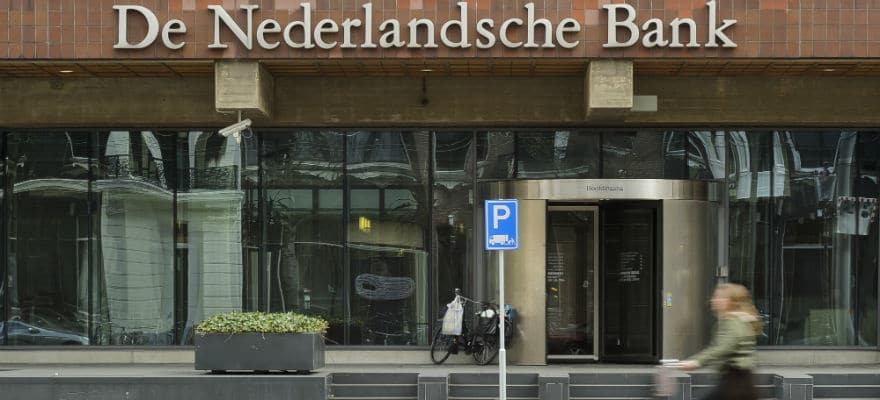Developments in South Korea this weekend caused the price of all major cryptocurrencies to drop this weekend - except one. Ripple has (as of writing) overtaken Ethereum, and now has the second largest market cap of all cryptocurrencies. Coinmarketcap.com shows its market capitalisation at almost $90 billion, as compared with $75 billion for Ethereum and $234 billion for Bitcoin.
Discover credible partners and premium clients at China’s leading finance event!
However, on the Ripple website, the number displayed for 'total' market capitalisation is just over $184 billion.
In this article I will explain why there are two different market capitalisation figures, and why Ripple has responded so differently to the same market stimulus than the other cryptocurrencies.
The basics
California-based, New York-regulated Ripple consists of the parent company Ripple Labs, which has raised nearly $100 million in funding, RippleNet, the company's payment network, and XRP, the settlement token of the network.
The hawala system
The Ripple network has been likened to hawala, a system of money transfer which developed among Arabic traders in the Middle Ages to protect against theft as they travelled along the Silk Road.
It allows money to be transferred without it actually moving anywhere, through a network of brokers who pay out to customers on request according to a pre-agreed password and promise of recompense by other brokers. It is a system based on trust, enforced by threat of excommunication from the network. It is still used in those out of the way areas where banks just don't reach.
In the same way, Ripple transactions take place between users who specify who they trust, and to what amount they trust them. In other words, transactions are verified purely by consensus among members of the network.
To translate that into jargon, the issuing gateway can only transfer to gateways that have extended trust. As the Bank of England concluded in a recent successful test of the system: “We also demonstrated that an attempted cross-border payment that failed validation on the receiving side would not be honoured.”
People can send IOUs on the network too - user-created currencies. What worth do these have? The same as any other form of money: if the recipient accepts it as a promise of payment, then it works.
Not really a currency
One reason for the popularity of Ripple is its utility. Cryptocurrency consultant Koji Higashi said of Ripple: “It’s just a bridge currency for international payment. But it’s not really a currency.” One writer described it as "Western Union using Blockchain technology" (Forbes).
Ripple, being a blockchain, does by definition have a token - the XRP. The system contains 100 billion pre-mined XRP tokens which are used to pay transaction fees (if transactions were fee-less, the system could be easily overloaded by hackers). The tokens used as a transaction fee are destroyed. Because the network doesn't rely on the mining process used by Bitcoin, it eliminates the issues of mining monopolies and slow transactions.
Of these, 45 billion are in circulation, and 55 billion are held in escrow. The system has been programmed to release a maximum of one billion XRP every month to ensure a steady supply, without flooding the market.
This is why there are two market capitalisation figures to be found. The XRP in active circulation, 45% of the whole, is already of considerable value, as mentioned before. The value of all 100 billion taken together is really nipping at the heels of Bitcoin.
Institutions take interest
Because of its utility as an instant payment processor, Ripple has been of interest to institutions since its beginnings. OpenCoin, as it was originally called, counted amongst its early investors Google Ventures, and by 2013 it had laid down the 'Bitcoin Bridge', allowing users to send Payments in any currency to any Bitcoin address. By 2014 Ripple had been installed at its first bank (Fidor Bank in Munich).
The Financial Times reported in July that the Bank of England, which handles around £500 billion daily, successfully tested a proof of concept using a programme designed by Ripple. The bank has used its existing system for 21 years, and while the bank concluded that blockchain technology is "not sufficiently mature" to support this system, the test was a positive one.
Ripple CEO Brad Garlinghouse, speaking to Bloomberg at a recent fintech event in Singapore, said that it is "only a matter of time" before the system is taken on by central banks, according to Finextra.
Ripple has partnered with Santander and American Express, which aim to use it for payments between the US and UK, and with banks in India, Singapore and the UAE, which transact tens of billions of dollars annually between themselves. It was added to the Bloomberg Terminal recently, and though it is not intended to be a currency per se, it is rumoured to be making its way onto Coinbase, the largest cryptocurrency exchange in the US.
Ripple in Asia
The reason I am writing this is because this weekend, developments in Asia, specifically South Korea, have given the major cryptocurrencies a bit of a shakeup.
The Seoul government, which has been extremely dubious about cryptocurrency, finally announced that it considers anonymity in cryptocurrency use unacceptable, and unequivocally banned it this weekend. "The government can’t leave the abnormal situation of speculation any longer,” it said in a statement, a week after a major exchange went bankrupt after suffering its second major hack.
And yet, as I said earlier, Ripple seems to be immune, taking this development as its cue to surpass Ethereum.
This may be because Ripple is already fairly well entrenched in Asian financial institutions.
In August of last year, it created SBI Ripple Asia, a consortium of Japanese banks that use Ripple for inter-bank transactions. Beginning with 15 member banks, it now boasts 61. Ripple was adopted for transfers between Japanese and Thai banks back in June, and the consortium is now trialling a Japan-South Korea link.
In perhaps the most significant move to date, it last week created the Credit Card Industry Consortium, signing with major Japanese credit card companies JCB, Sumitomo Mitsui Card and Credit Saison. This news in particular caused the price of XRP to surge.
How is Ripple different?
Asian consumers are the main driving force of cryptocurrency market movements, and cryptocurrency prices consistently drop when Asian governments put up roadblocks. However, Ripple aims to be adopted by the system itself, and so it doesn't stand at odds with the establishment as some other blockchains do. This could be one reason that XRP is becoming a powerful digital coin in and of itself. But as it becomes more valuable, it has inevitably acquired mo problems (as it were).
The 100 billion XRP tokens, when calculated together, come closer to usurping Bitcoin than any other cryptocurrency has so far. And so the fact that 55% of the supply is controlled by Ripple itself has led to uncertainty, and more so when we consider that remaining XRPs gain in value when some are 'burned'.
Garlinghouse addressed that elephant in a blog post earlier this year, by assuring investors that they can mathematically verify the maximum supply of the token entering the market through the escrow system. As he wrote, selling off all the remaining tokens is "...a scenario that would be bad for Ripple! Our self-interest is aligned with building and maintaining a healthy XRP market."
Another thing that led to (more) criticism is the fact that the founders of Ripple reserved 20 billion XRPs for themselves. When co-founder Jed McCaleb left in 2014, legal complications regarding ownership and release of his tokens into the system took over a year to resolve.
Some have argued that cryptocurrencies like Bitcoin have no intrinsic value, that demand is nothing more than hype, a bubble overdue to pop. It can be argued that, in contrast, Ripple has utility value as a system which uses technology to enhance something which is in itself tried and tested.
So while the charts of Bitcoin/Ethereum/Litecoin et al jump up and down, hypersensitive to a word from a bank or government and even a Twitter message from a celebrity, maybe we have been looking for the flippening in the wrong place.

















